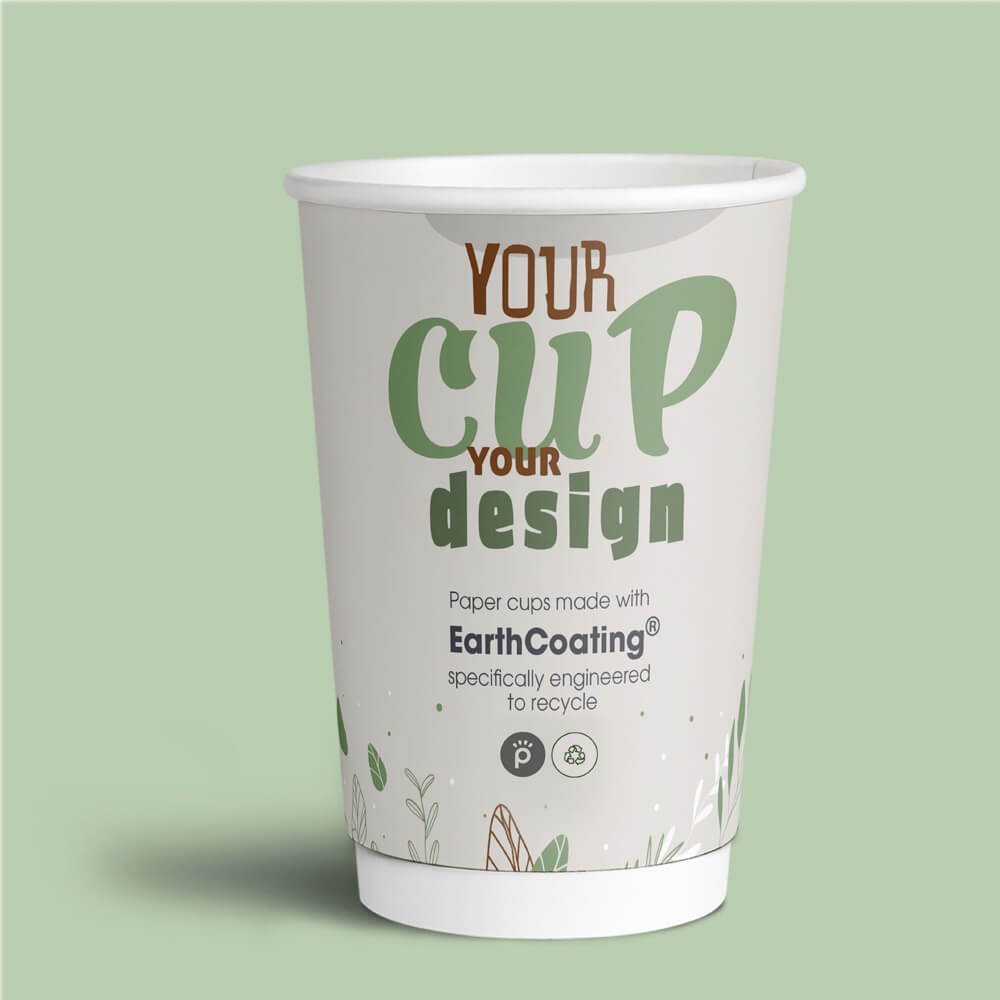The Evolution and Importance of Frozen Food Packaging
Frozen food has become an integral part of modern life, providing convenience and a variety of options for consumers. The packaging of these products plays a crucial role in maintaining their quality, safety, and shelf life. As technology has advanced, so too has the evolution of frozen food packaging, which has significantly impacted the food industry and consumer behavior.
Historical Perspective
The concept of frozen food dates back to the early 20th century, but it wasn’t until the 1920s that the commercial potential of freezing food was truly recognized. Early frozen food products were primarily packed in simple cardboard boxes or paper bags, which provided limited protection against moisture, air, and temperature fluctuations. This rudimentary packaging often resulted in freezer burn and a decline in product quality.
As frozen food gained popularity post-World War II, manufacturers began to realize the importance of effective packaging. The introduction of plastic materials revolutionized the industry. Flexible plastic films offered better barrier properties, reducing moisture loss and preventing freezer burn. This advancement in packaging allowed for longer shelf life and improved consumer acceptance of frozen food products.
Modern Innovations in Packaging
Today, frozen food packaging has become highly specialized, with a focus on both functionality and sustainability. Advances in materials science have led to the development of multi-layer packaging systems that combine various materials to enhance barrier properties. These packaging solutions effectively protect the food from oxygen, moisture, and light, all of which can degrade quality.
One significant innovation is the use of modified atmosphere packaging (MAP). By altering the atmosphere inside the packaging, manufacturers can slow down the degradation process, extending the shelf life of frozen foods. This technique involves replacing the air inside the package with a specific mixture of gases, such as nitrogen or carbon dioxide, which helps to preserve freshness.
Another exciting development is the incorporation of smart packaging technologies. Smart labels and sensors can provide real-time information about the condition of the product, including temperature fluctuations and spoilage indicators. This not only enhances food safety but also helps consumers make informed decisions about the quality of their frozen food products.
frozen food packaging

Sustainability Considerations
As environmental concerns have gained prominence, the frozen food industry has also focused on sustainability in packaging. Many companies are now prioritizing eco-friendly materials and reducing plastic waste. Biodegradable, compostable, and recyclable packaging options are increasingly being adopted to minimize the environmental impact.
Additionally, the trend towards minimal packaging continues to grow. Brands are exploring innovative ways to reduce packaging while still maintaining the integrity of the product. This not only appeals to environmentally conscious consumers but can also lead to cost savings in production and shipping.
The Role of Packaging in Consumer Behavior
Packaging plays a crucial role in consumer purchasing decisions. Attractive and informative packaging can draw consumers' attention and convey essential information about the product, such as nutritional content, cooking instructions, and preparation tips. It can also communicate the brand's values, such as sustainability and quality.
Moreover, packaging is instrumental in building consumer trust. Many consumers perceive sealed, well-packaged products as fresher and more hygienic. As a result, manufacturers invest in high-quality packaging to enhance their market competitiveness.
Conclusion
Frozen food packaging has come a long way since its inception. From basic cardboard boxes to advanced multilayer systems and smart technologies, packaging has evolved significantly to meet consumer needs and industry standards. As we move forward, the focus on sustainability will likely drive further innovations in packaging, balancing convenience with environmental responsibility.
With the ongoing advancements in materials and technology, the future of frozen food packaging looks promising. As consumers continue to prioritize quality, safety, and sustainability, the packaging industry will play a vital role in shaping the future of frozen food products. By ensuring that frozen foods remain fresh, safe, and appealing, packaging is not just a protective barrier; it is a key element in the evolving landscape of food consumption and distribution.



